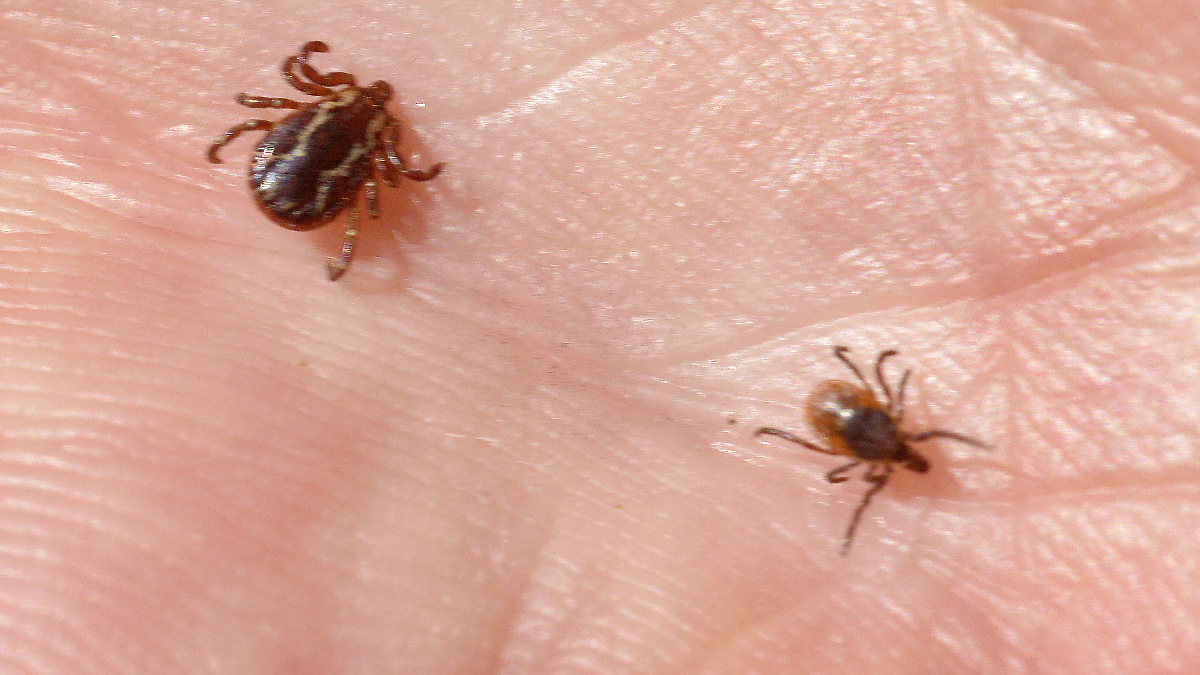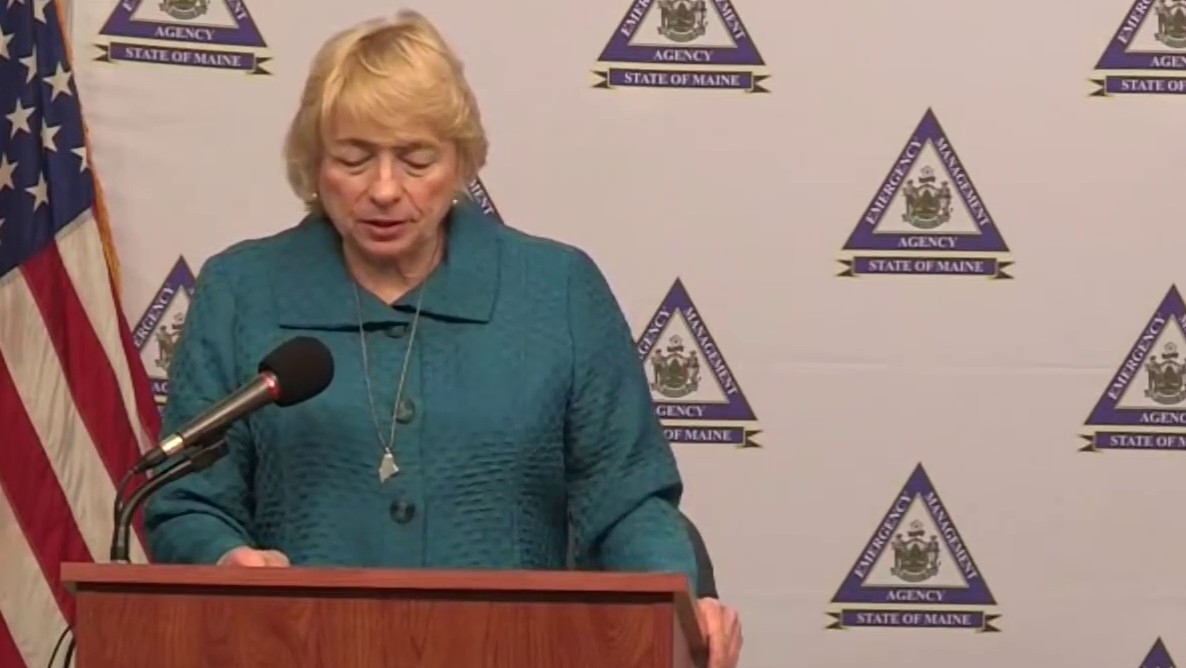Maine is in the middle of its first official “Browntail Moth Awareness Month”
With an official proclamation from Gov. Janet Mills and events led by the Maine Forest Service, officials hope people living in and visiting Maine take notice that the impacts of the rash-causing pests have not improved in recent years.
Since 2015, Maine has seen a persistent and unabating outbreak of the moths in wide swaths of trees.
There was some relief following a rainy spring in 2019 but as of last year, 200,000 or so acres of trees had seen leaf loss caused by the moths.
Scientists like Tom Schmeelk, a forest entomologist and the Browntail Moth Lead at the Maine Forest Service, say that is "quite an order of magnitude more," trees than were affected in the early 2000s when approximately 10-15,000 acres saw leaf loss.
"It’s great from a few different standpoints," said Schmeelk of choosing February for the awareness month.
The reasons Schmeelk believes this time of year is ideal are that the moths’ winter webs are highly visible, they can be removed without harming other living things more easily compared to other months and there are fewer caterpillar hairs in the air to cause an adverse reaction like difficulty breathing.
More Maine News
"You’re not necessarily going to break out into a rash if you’re clipping these webs," he said, cautioning that sensitive individuals should still use protective gear to stay safe.
In observing the awareness month, Maine’s Forest Service hopes people take note of four "Rs," which in this case are “recognize,” the webs, "remove" them with pruning tools, "recruit" professional help if necessary and "reach out" to neighbors and officials to report browntail moth outbreaks.
Schmeelk also believes visitors to Maine should be on the lookout for the browntail moth caterpillars which could cause an outbreak elsewhere under the right circumstances.
"They might accidentally bring back some of these hitchhiking caterpillars," he said.
As for whether or not the moth problem gets better beyond what humans can do in one winter month, that might depend on the weather.
A particular virus and fungus that are present in Maine can have outbreaks of their own and reduce the spread of the moths.
However, those organisms are fueled by cool, rainy weather, which in occurred in spring 2019.
"I’ve been keeping my fingers and toes crossed for the past few years," said Schmeelk.
"If we do have that proper spring weather, wet and cool weather in May and June, we’re likely to see a region-wide population collapse. We just need that weather," he added.




